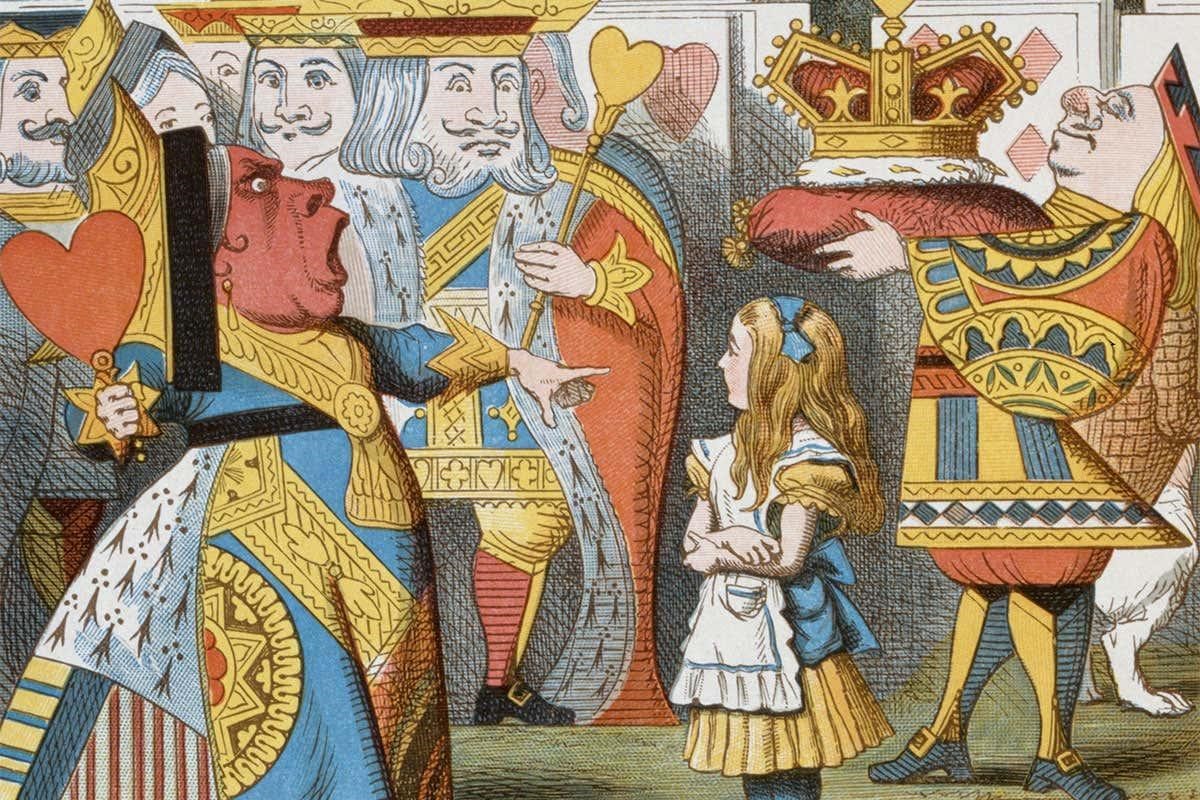Lewis Caroll was the pen name for mathematician Charles Dodgson
Curiouser and curiouser! Particle physicists could have the author of Alice’s Adventures in Wonderland to thank for simplifying their calculations.
Lewis Carroll, the 19th century children’s author, was the pen name of mathematician Charles Lutwidge Dodgson. While his mathematical contributions mostly proved unremarkable, one particular innovation may have stood the test of time.
Marcel Golz at Humboldt University, Berlin has built on Dodgson’s work to help simplify the complex equations that arise when physicists try to calculate what happens when particles interact. The hope is that it could allow for speedier and more accurate computations, allowing experimentalists at places like the Large Hadron Collider in Geneva, Switzerland to better design their experiments.
Working out the probabilities of different particle interactions is commonly done using Feynman diagrams, named after the Nobel prize winning physicist Richard Feynman. These diagrams are a handy visual aid for encoding the complex processes at play, allowing them to be converted into mathematical notation.
One early way of representing these diagrams was known as the parametric representation, which has since lost favour among physicists owing to its apparent complexity. To mathematicians, however, patterns in the resulting equations suggest that it might be possible to dramatically simplify them in ways not possible for more popular representations. These simplifications could in turn enable new insights. “A lot of this part of physics is constrained by how much you can compute” says Karen Yeats, a mathematician at the university of Waterloo, Canada.
Golz’s work makes use of the Dodgson identity, a mathematical equivalence noted by Dodgson in an 1866 paper, to perform this exact sort of simplification. While much of the connecting mathematics was done by Francis Brown, one of Golz’s tutors at Oxford University, the intellectual lineage can be traced all the way back to Lewis Carroll. “It’s kind of a nice curiosity,” says Golz. “A nice conversation starter.”
In the past, parametric notation was only useful in calculating simplified forms of quantum theory. Thanks to work like Golz’s, these simplifications could be extended to particle behaviour of real interest to experimentalists. “I can say with confidence that these parametric techniques, applied to the right problems, are game-changing,” says Brown.
For more such insights, log into www.international-maths-challenge.com.
*Credit for article given to Gilead Amit*


